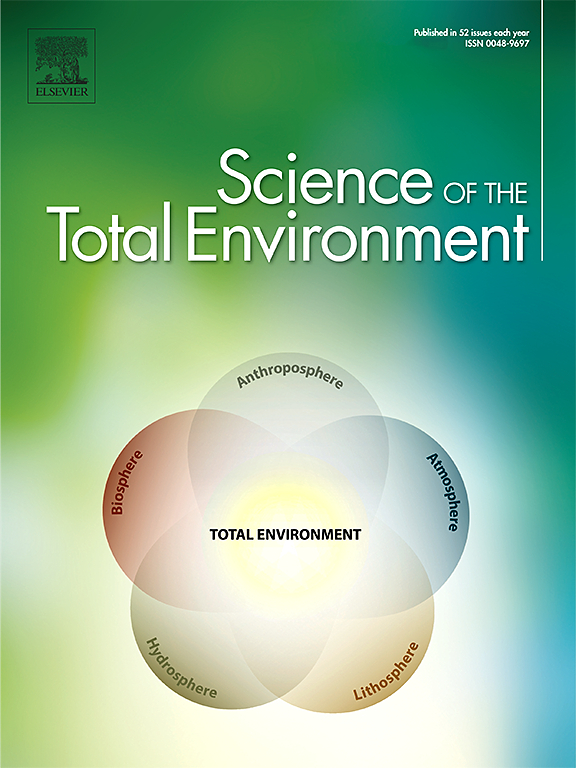Links between international market trends, agricultural intensification and extreme sedimentation rates in a transboundary South American coastal lagoon
IF 8.2
1区 环境科学与生态学
Q1 ENVIRONMENTAL SCIENCES
引用次数: 0
Abstract
In response to global food demand, crop cultivation in the South American Pampa Biome rapidly expanded, intensifying erosion linked to land-use change and mechanisation. In Uruguay and SE Brazil, the most significant expansion occurred after 2000. This study examines the economic, environmental, and productive changes in an agricultural basin over the past two decades, focusing on the expansion of the primary sector of the economy, particularly soybean cultivation. It also investigates the cause of not only maximum but also abnormally extreme sedimentation rates (SR) observed between 2005 and 2009 CE.
Findings indicate that SR trends reflect land-use changes in the basin. A notable shift occurred in the 1980s after the lagoon was converted to a freshwater system, leading to a twofold increase in SR. The peak in SR observed in core MIR2 (i.e., 400 % increase) was recorded around 2005–2009 CE, alongside a 2000 % increase in terrestrial palynomorphs (pollen, spores, and other organic-walled microfossils from terrestrial sources) in core MIR4. For this period, changes in sediment grain size distribution appear to resemble drastic shifts in land cover. This coincided with the approval of glyphosate-resistant seeds (2005/2006 harvest) and a rise in soybean prices post-2006. The extreme sedimentation rate likely resulted from soybean expansion and intensified unsustainable practices like ploughing, which increased the export of fine terrestrial material. Our findings highlight how both land-use changes and climate variability (particularly extreme precipitation events) contributed to the observed SR anomalies, thus suggesting a reinforcing interaction between agricultural expansion and hydrological extremes.

求助全文
约1分钟内获得全文
求助全文
来源期刊

Science of the Total Environment
环境科学-环境科学
CiteScore
17.60
自引率
10.20%
发文量
8726
审稿时长
2.4 months
期刊介绍:
The Science of the Total Environment is an international journal dedicated to scientific research on the environment and its interaction with humanity. It covers a wide range of disciplines and seeks to publish innovative, hypothesis-driven, and impactful research that explores the entire environment, including the atmosphere, lithosphere, hydrosphere, biosphere, and anthroposphere.
The journal's updated Aims & Scope emphasizes the importance of interdisciplinary environmental research with broad impact. Priority is given to studies that advance fundamental understanding and explore the interconnectedness of multiple environmental spheres. Field studies are preferred, while laboratory experiments must demonstrate significant methodological advancements or mechanistic insights with direct relevance to the environment.
 求助内容:
求助内容: 应助结果提醒方式:
应助结果提醒方式:


